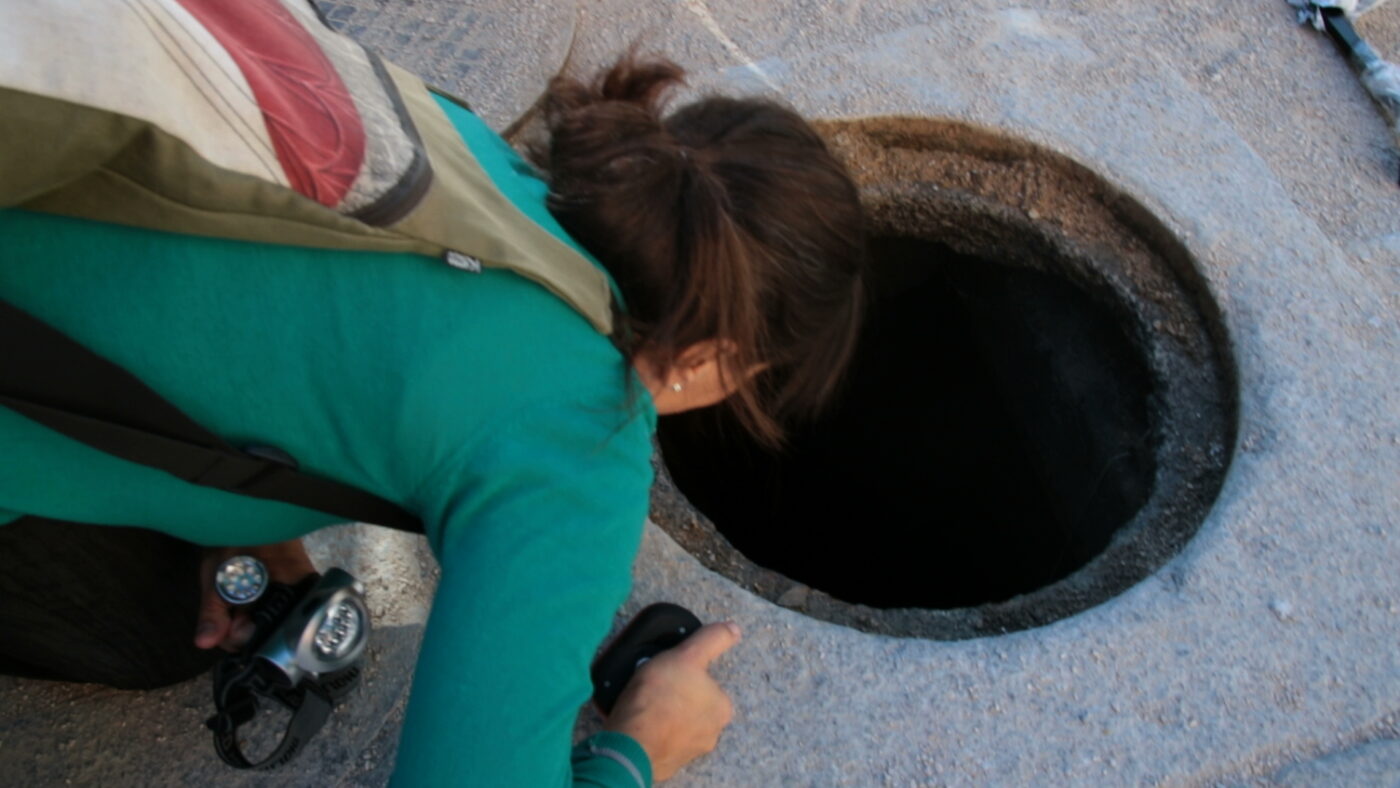Vídeo Plaza de los Carros Español ![]()
En la parte más alta de la colina del arrabal sur, la actual Plaza de los Carros, aparte de otros restos de época andalusí (silos y viviendas), se encontró un tramo a cielo abierto de lo que fue un canal, o «viaje» de agua, excavado en el terreno. Estos canales, de origen árabe, fueron introducidos en época medieval. Desde una surgencia, primero de forma subterránea como «qanat», y después a cielo abierto, o «mayra», distribuían el agua, fundamentalmente para el regadío, por varias zonas de Mayrit.
El tramo conservado aquí tiene 10 m de largo, 0,6 m de ancho en su base, y algo más de 1m en la parte superior, e incluye un andén para facilitar su limpieza. En la base conserva un lecho de piedras, así como una pequeña presilla para ayudar a la depuración del agua.
– – –
In the highest part of the hill of the southern outskirts – the current Plaza de los Carros – apart from other remains from the Andalusian period (silos and dwellings), an open section of what was once a canal or water channel dug into the ground was discovered. These canals, of Arab origin, were introduced at this time. From a spring, first underground in the form of a «qanat«, then in the open air as a «mayra», these canals distributed water, allowing the irrigation of different areas of Mayrit.
The preserved section here is 10 m long, 0.6 m wide at its base, and just over 1 m at the top. It also includes a platform to facilitate cleaning. At its base, it retains a bed of stones, as well as a small loop to contribute to the depuration of water.

